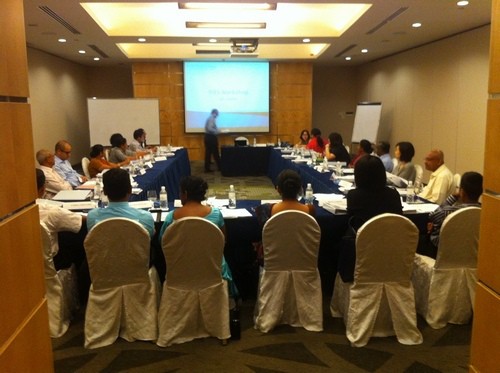As we shift to the future of work, where organizations are focusing on the reasons why employees want to work versus need to work, it is important to understand employee experience. A lot of organizations historically have focused only on one aspect of organizational change and that is culture. This is how employees feel when they are inside of an organization, the vibe that they get, the organizational structure, leadership style, compensation and benefits, etc. While culture is a part of the employee experience, it is only a third.
Key Takeaways:
- In 2001, George A. Akerlof, A. Michael Spence and Joseph E. Stiglitz were awarded the Nobel Prize in Economics for their theory on how markets operate when transactions involve asymmetrical information.
- Akerlof uses the used car market to illustrate the problems associated with asymmetric information. While it’s easy to find and list used cars for sale, Akerlof notes how it is difficult for the market to provide accurate pricing for above average and average automobiles.
- Since most of us agree that low price means low quality, both the buyer and the seller have equal information, or they have at least enough information to move forward with some degree of confidence.
“Asymmetrical information occurs when one party to a transaction knows something the other party does not.”
http://www.ceo.com/operations/trust-and-the-unbalanced-employee-experience/


